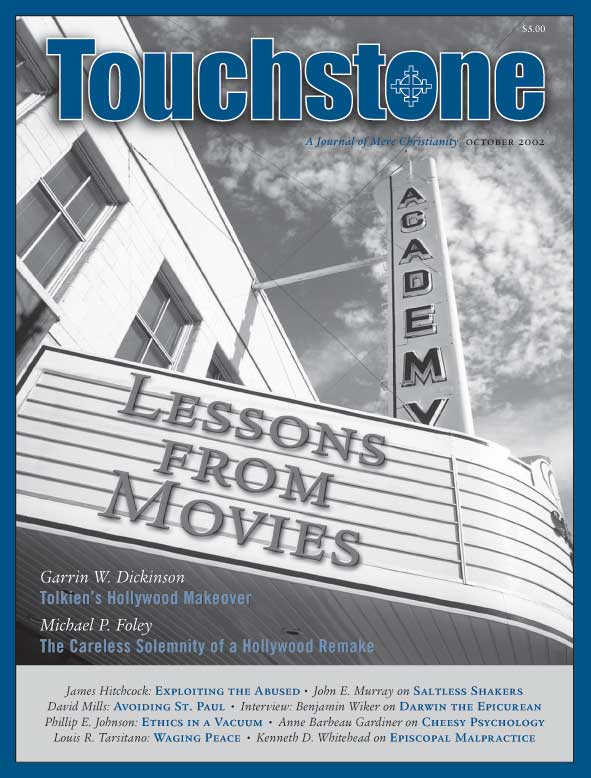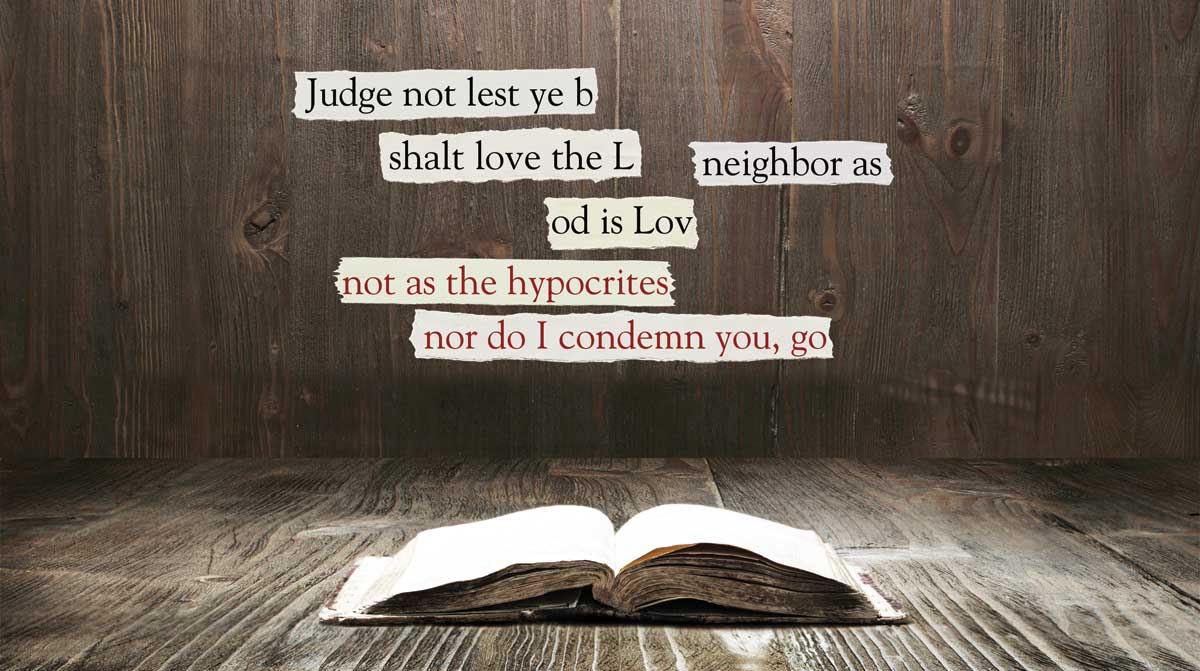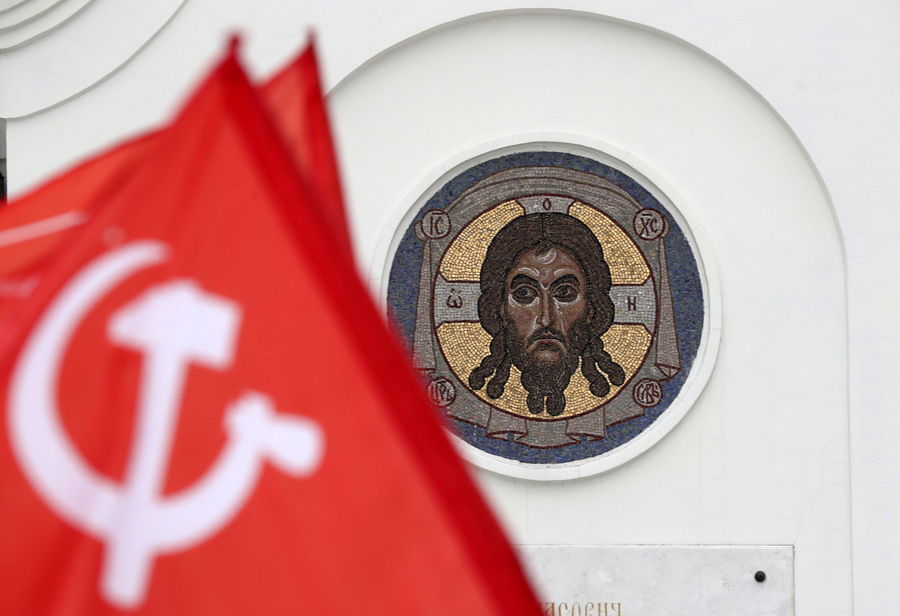Shakers Without Salt
John E. Murray on the Loss of Religious Charisms
The first Shakers came to America from England in 1774, and until early in the nineteenth century, their numbers grew at a rate comparable to that of the earliest Christians or of the present-day Mormons. Their missionary efforts spread the faith throughout New England, and in 1800 news of the great Kentucky Revival inspired them to send a team of missionaries there who met with great success. Eighteen of their communities lasted at least 75 years, and many lasted more than a century.
Their growth slowed dramatically, however, and their number peaked some time about 1850, after an intense few years of spiritual activity known internally as the Age of Manifestations, and then began a steady decline. Today about as many Shakers keep the faith in Sabbathday Lake, Maine, as came to America two and a quarter centuries ago.
What accounts for this cycle of growth and decline? The earliest Shakers demanded much from their fellow Believers—celibacy, surrender of private property, public confession of sins—but also delivered a high-reward religious experience. Shouting, speaking in tongues, writing prophecies from the long dead, ecstatic dancing, and other such spiritual phenomena provided powerful evidence that to live as a Shaker placed one in close proximity to God. A moral of their story is that a high-cost, high-reward religion is eminently viable.
While scholars have proposed many causes for their decline, most can be disposed of easily. The reason wasn’t celibacy; the sect grew many fold while practicing celibacy. It wasn’t contamination by contact with markets; in fact, they used markets cleverly to expand their wealth and reserve time for worship (by employing hired hands to produce necessaries and tradables).
No—after the 1840s the Shakers simply lost their charism. Maintaining a high-cost, high-reward church is no small task, and an active spiritualism would seem to be an especially high-maintenance spirituality. They had shaken, and danced, and screamed, and grown, but they stopped doing all these things at about the same time.
After mid-century, their religious life changed dramatically. By later in the nineteenth century, Stephen Stein wrote in his sympathetic general history of the Shakers, The Shaker Experience in America, their worship resembled standard Protestant services: Scripture reading, sermon, and hymns. Therein lies the key to the Shaker decline: The descent into generic, nonsectarian worship doomed them. Why would people want to become Shaker, with all its attendant sacrifices, if the religion they experienced could be had down the road in a typical Christian church that only expected them to show up occasionally and not jettison their family and wealth?
After the Shakers withdrew from active spiritualism, people who were seeking religious experience simply did not find the benefits of being a Shaker worth the high costs. And so the Shakers dwindled in number.
Shakers & Catholics
How similar is the arc of Shaker history to the recent history of American Catholicism? Prior to Vatican II, worship was unified and Catholics knew their charism, which was in fact an entire worldview, involving sin, grace, and redemption. In particular, it centered on the Real Presence in the Eucharist. In church buildings, sight lines of perspective ran directly to the Tabernacle, as real a demonstration of the centrality of the Eucharist to church and Church alike as could be imagined. Bells at the Consecration and patens at the reception reinforced the literal belief that the hosts had now become Christ’s body. All provided powerful evidence that to live as a Catholic placed one in close proximity to God.
Just as the Shakers had created problems for themselves, after Vatican II, Catholicism gave up much of what made it distinctive. Liturgically this was immediately obvious to at least one outside commentator, Jaroslav Pelikan, who as a Lutheran observed that the Constitution on the Sacred Liturgy marked the end of the liturgical reformation—and the reformers had won. The result was lex orandi, lex credendi with a vengeance.
subscription options
Order
Print/Online Subscription

Get six issues (one year) of Touchstone PLUS full online access including pdf downloads for only $39.95. That's only $3.34 per month!
Order
Online Only
Subscription

Get a one-year full-access subscription to the Touchstone online archives for only $19.95. That's only $1.66 per month!
bulk subscriptions
Order Touchstone subscriptions in bulk and save $10 per sub! Each subscription includes 6 issues of Touchstone plus full online access to touchstonemag.com—including archives, videos, and pdf downloads of recent issues for only $29.95 each! Great for churches or study groups.
Transactions will be processed on a secure server.
more from the online archives
calling all readers
Please Donate
"There are magazines worth reading but few worth saving . . . Touchstone is just such a magazine."
—Alice von Hildebrand
"Here we do not concede one square millimeter of territory to falsehood, folly, contemporary sentimentality, or fashion. We speak the truth, and let God be our judge. . . . Touchstone is the one committedly Christian conservative journal."
—Anthony Esolen, Touchstone senior editor










